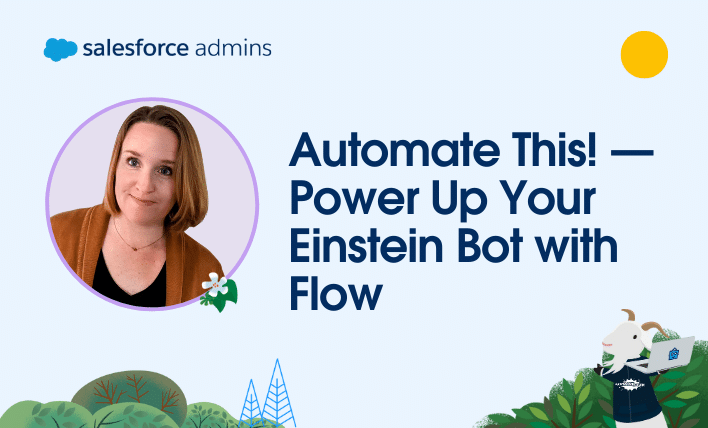Welcome to another “Automate This!” In this live-streamed video series, we cover all things automation, from use cases and best practices to showcasing solutions built by #AwesomeAdmin Trailblazers like you. With automation, you can remove manual tasks, drive efficiency, and eliminate friction and redundancy. In this episode, let’s see how Michelle Hansen uses reactive screen […]












 This flow is designed to update a single record based on each $Record that gets passed to it. By configuring the Start node as a one-time scheduled flow, it can select and pass all existing records one at a time through the flow.
This flow is designed to update a single record based on each $Record that gets passed to it. By configuring the Start node as a one-time scheduled flow, it can select and pass all existing records one at a time through the flow. The criteria for selecting the case record is to process all records.
The criteria for selecting the case record is to process all records.





